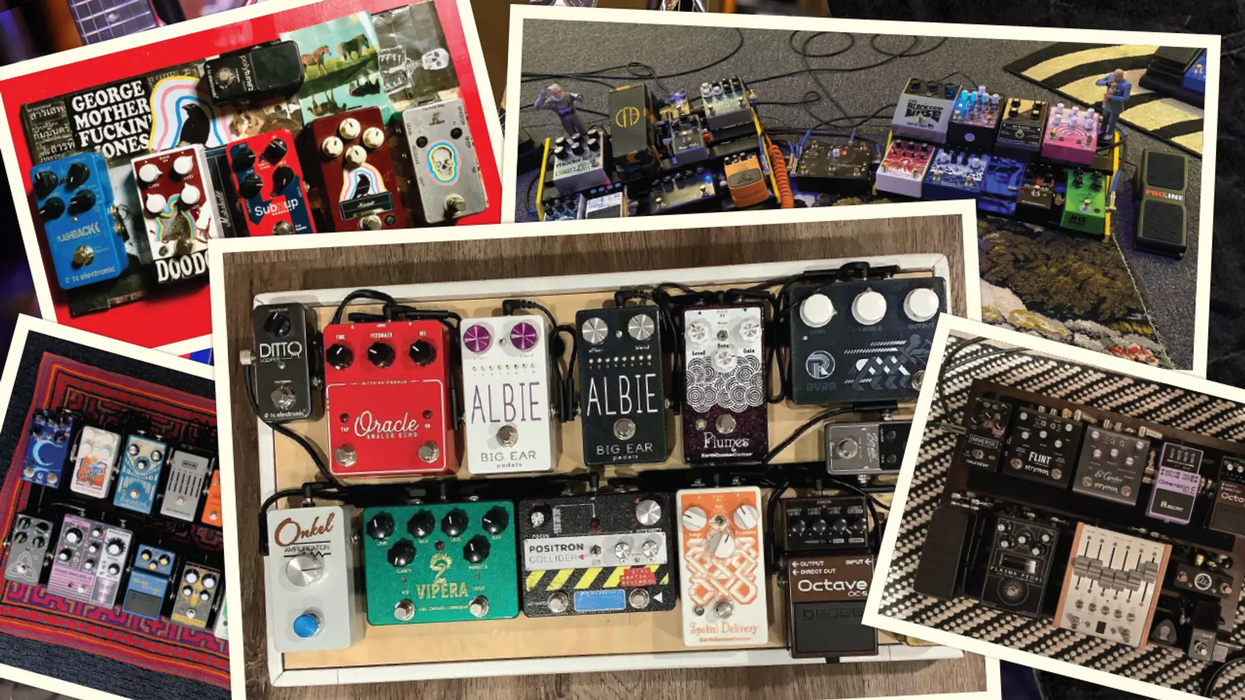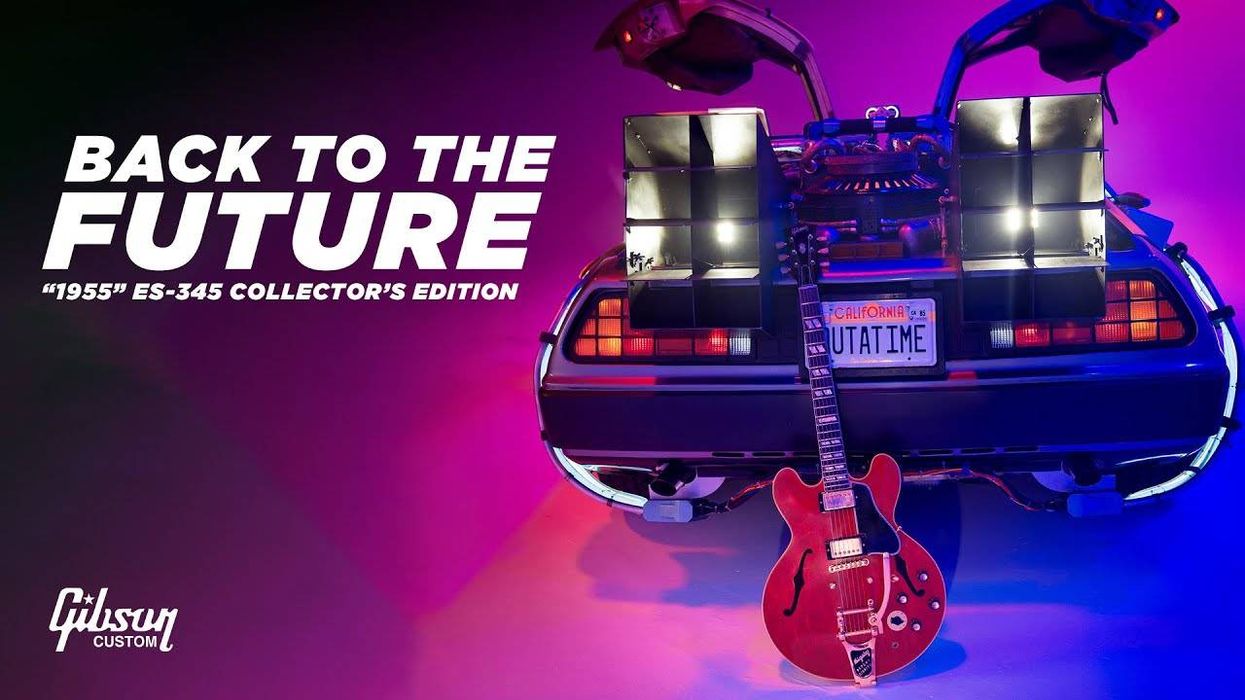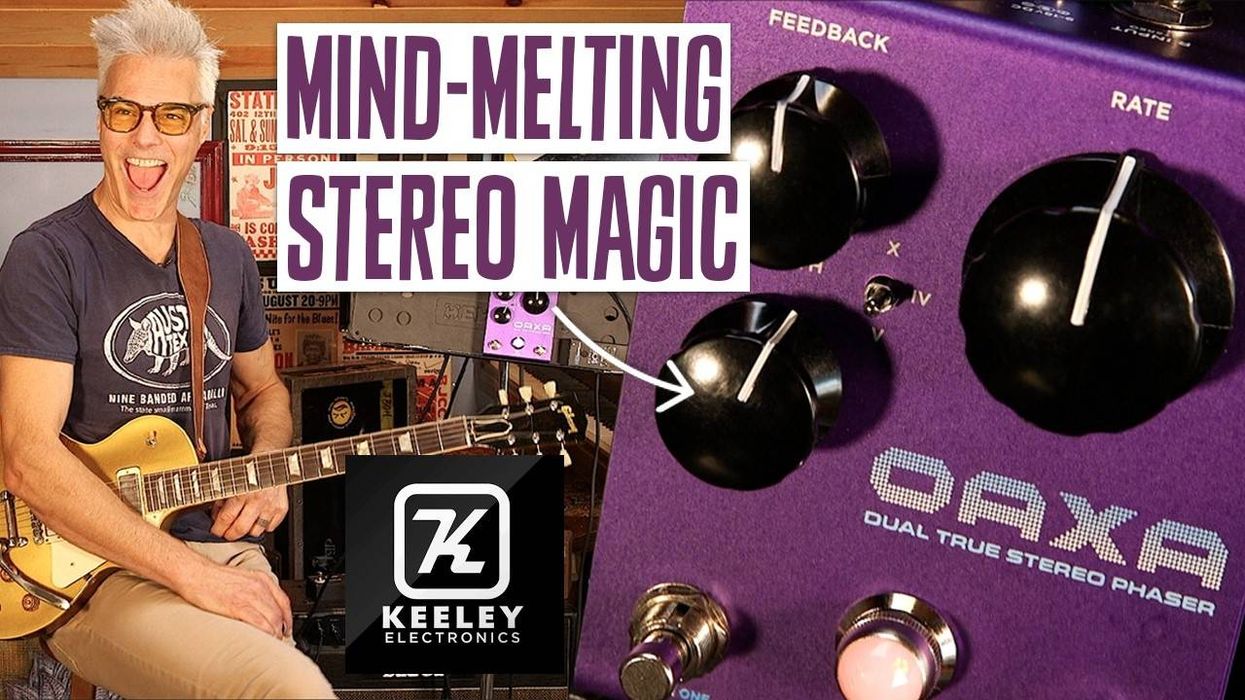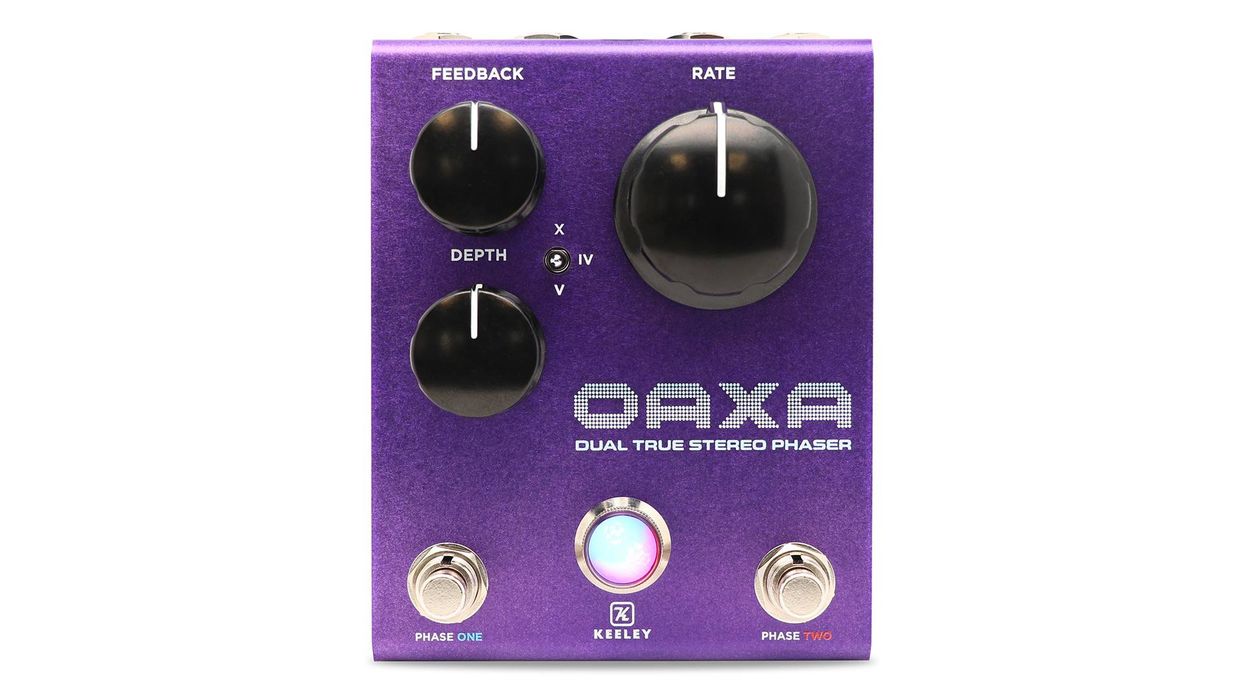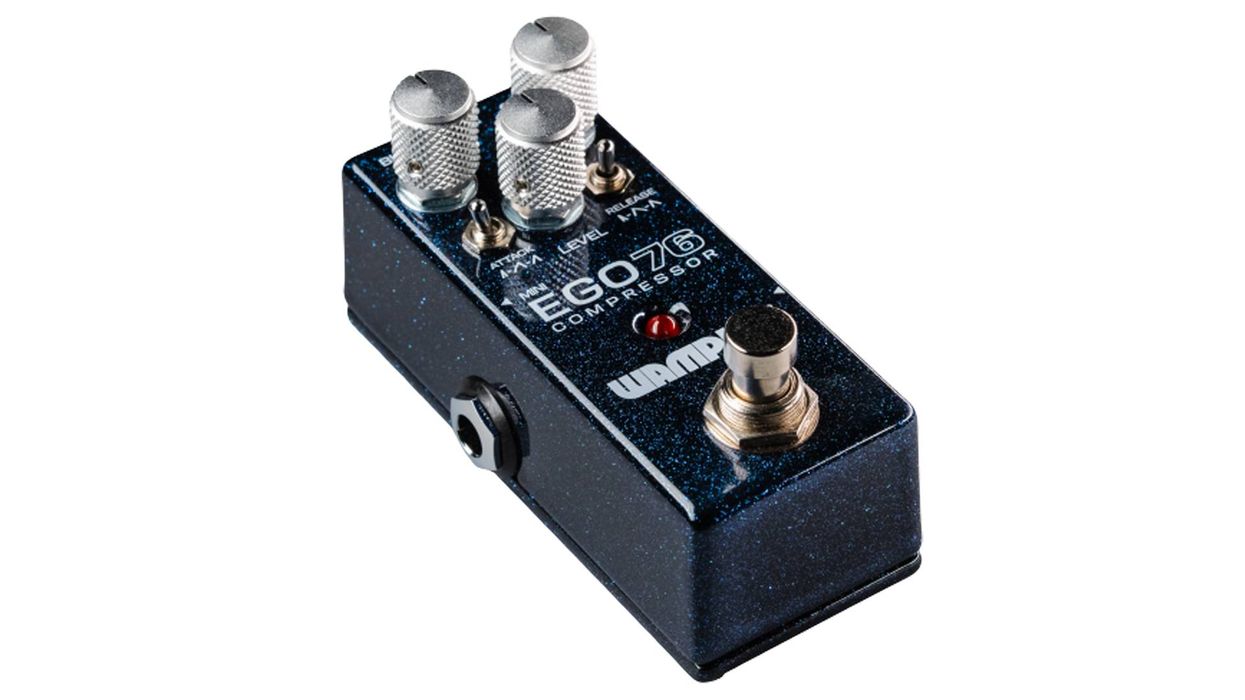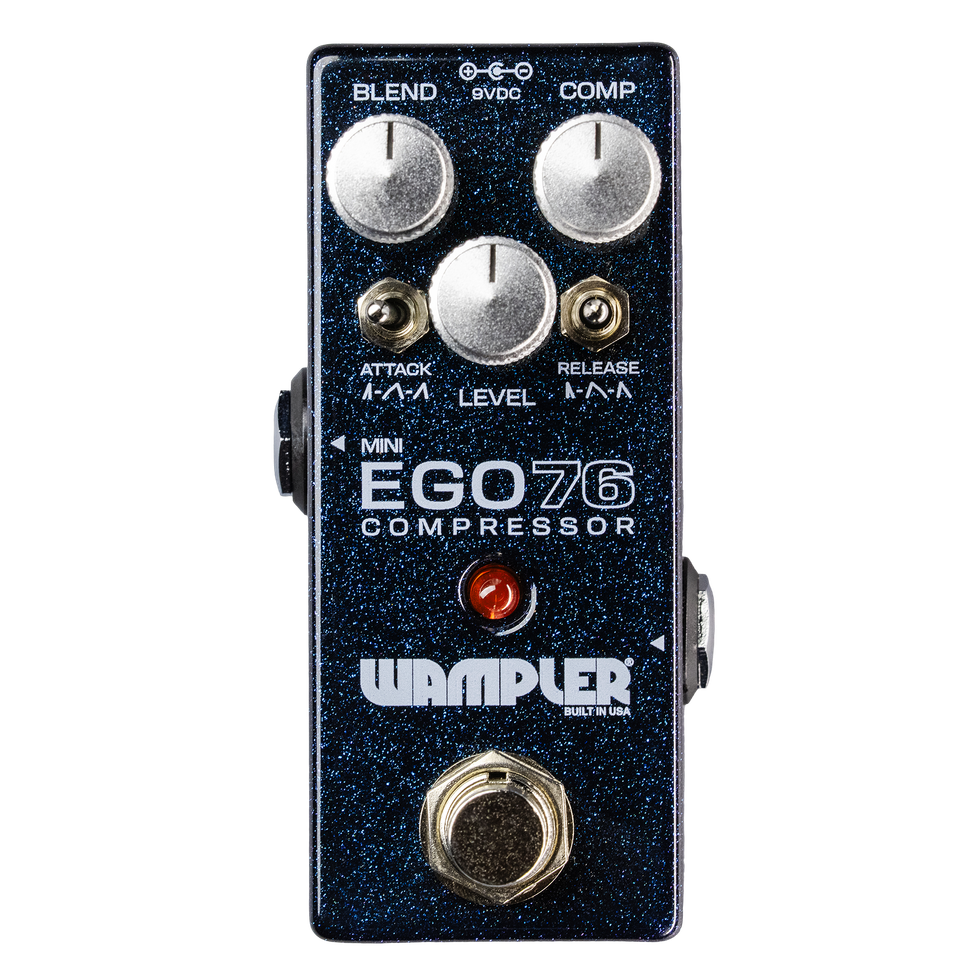A great sound can inspire a better performance, a new song, even identify a band or musician for their entire career. Most players are always buying new gear trying to find “the sound.” Vintage, new, boutique, solid-state, tube, hybrid, modeled … it’s apparent that the quest never ends.
So what is one to do, short of winning the lotto, and where does a composite signal play into all of this?
A composite signal is the result of two or more amps/signals mixing together to create a new sound with more characteristics and a bigger sonic impact than any one sound from any one amp is capable of producing. No matter your style of music, a composite signal will improve your sound – it also works great for the bass.
The first step in getting a basic composite signal is being able to split and independently control the signal coming from your guitar to two different amps. A “Y” cord will split your signal, but it will rob your tone. An A/B-Y box like a Whirlwind, or an audio splitter of some kind, is required to do it right. Do you have two amps, two preamps, or a combination thereof? If so, then you’re ready to dive into the world of composite signal. If not, get an A/B-Y box, borrow a practice amp from somebody and prepare to be floored. Even the combination of two cheap amps will get you started down the road to a better, bigger, more defined tone and change how you think about achieving it.
Start with whatever amp has your main rhythm/lead sound. With the second amp turned down and set clean, strum a chord and slowly start to turn up the second amp. As you bring it up, you’ll hear the composite of the two amps. Vary the level and change the EQ settings on the amps, all while listening to the different textures you can achieve. Try a variety of chord voicings to see the difference having a bit of clean mixed in can make to what chords you can now play – and still be pleasing to the ear, while still being distorted.
Next, set the second amp on a distorted sound and start experimenting again. The sound will be bigger than either of the amps on their own. In fact, you may find that the way you’ve set one of the amps makes it sound bad on its own, but yet it is the perfect fit for the composite set-up. The sum will be stronger than its parts. I haven’t scratched the surface regarding the myriad of ways to set up and control composite signals, mixing and blending, how to explain it to the sound man, wet/dry combinations, how it works on a bass, how to use more than 2 amps, etc. I wanted to use this opportunity to start you thinking about the idea and encourage you to experiment with it on your own. We’ve all heard composite signals on our favorite recordings, but in many cases it’s not realized that that’s what was creating a killer tone. It wasn’t one magic amp; it was a composite of amps. I’ll go into more detail in later columns and the technical reasons as to why composite signal is generally superior to a single signal, no matter how good that single sound is. Until then, experiment with it and paint your music with more sonic colors than you ever have before.
Bryan Lionman
lionman@creationaudiolabs.com
Creation Audio Labs, Inc.
615-884-7520
CreationAudioLabs.com
